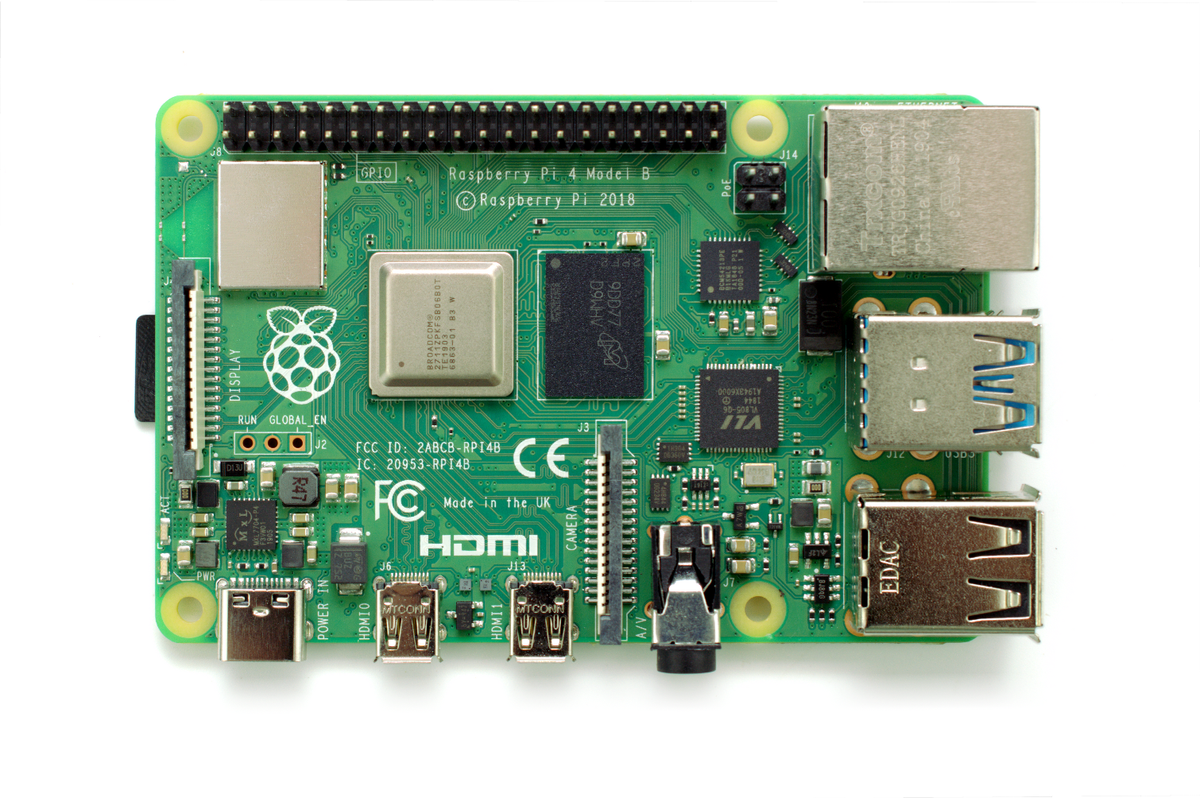

HDMI 240p RGB output uses the same method that RGB hats rely on, that is, by adding a few entries in the RBP's config.txt file.Īfter configuring the config.txt file (see below), all that is needed is to connect the RBP's HDMI output to an HDMI-VGA converter (the often-recommended cheap Tendak dongle, for example), which can then be connected to any device that can combine sync to attain RGBS (or RGsB). Instead, the digital (HDMI) to analog conversion can be done easily with devices that have a lower cost, and that you may already own. It turns out that CRT users (and I suppose OSSC users also) can very easily obtain real 240p RGB analog output from a Raspberry Pi's HDMI out without the need for analog RGB hats.

With the Raspberry Pi 4's release, I thought it would be useful to post here about something that I have to conclude is not widely known. It's more manual adjustment without the super resolution, but a cvt with the super resolution can be set on a per-core basis anyway (or vice versa, could use the old config below and set CEA 8 only for systems that don't work well with the former). No need to mess around with CRTSwitchres. conf file should also be set to CEA 8 HDMI (mode=CEA 8 HDMI).Īnd of course you'll want to set integer scaled custom aspect ratio.

Perhaps this is also possible on Retropie. So the menu and Kodi can be 480i (DVDs!), as CEA 6 HDMI. Recalbox is also still what I recommend the most for this setup since different video modes can be set in the nf file (which can be in the USB drive for easy changes) for the front end/ES, for Kodi, and for individual cores and games. It just causes problems in some systems like the Genesis. No need to use the hdmi_cvt setting at all.

Some of those non-bold entries may not be necessary but they don't seem to hurt. I think the person who wrote the guide linked below got it wrong. Editing this first post to point out that it is far, FAR better to simply use CEA 8 as the global video mode (on the config.txt file).


 0 kommentar(er)
0 kommentar(er)
